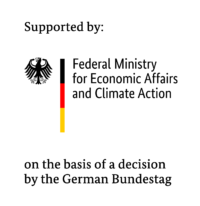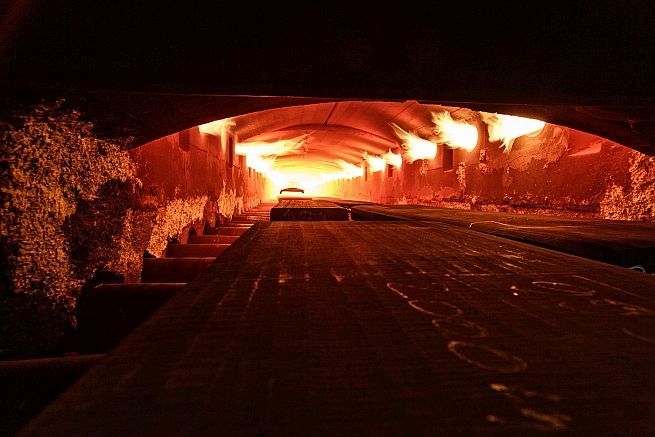Monitoring and controlling the effects of hydrogen-rich fuel gases in industrial furnaces
20 April 2023 – In this research project, new methods for flame monitoring of hydrogen-rich gases in the context of industrial furnaces using thermoacoustic sensors will be developed and optimized by OWI Science for Fuels gGmbH in collaboration with the Chair of Gas and Heat Technology at the Technical University of Bergakademie Freiberg. In addition to monitoring, the sensors would aid in controlling burner systems in the event undesirable thermoacoustic effects arise as well as to further optimize combustion.
One of the key aspects of the research project is to evaluate the performance of commercially available acoustic and optical sensors as well as ionization probes for mixtures of natural gas and hydrogen, which have flames ranging from those that are pale-blue to flames that are almost invisible. A combination of the most suitable thermoacoustic sensors will be used to optimize the acquisition of the measurement data. This is closely linked to the development of sensor principles which, in addition to the flame detection of such mixtures, also make it possible to draw conclusions as to the degree of stability under various operating conditions. The detection of natural gas-hydrogen flame behavior in industrial burners using acoustic, optical and flame ionization sensors coupled with the respective signal processing methods is expected to provide better insights into the physical relationships between undesirable operating conditions and the optical and acoustic signals from such flames. This not only serves to generate better real-time insights but can also help during burner development and tuning. Furthermore, it would make active control and prevention of unstable modes during operation much easier. In so doing, the researchers hope to contribute to meeting some of the challenges faced by the manufacturing sector as it makes headway in decarbonization, especially those which arise during the blending of renewable hydrogen with natural gas.
It is not uncommon for industrial furnaces to experience an increase in noise and pollutant emissions. Even small changes in fuel properties, geometric boundary conditions or temperature differences, to name a few, can lead to two seemingly identical furnaces exhibiting completely different susceptibilities to instability. In addition, there is an increased complexity in industrial multi-burner systems due to the interaction of several flames with each other and with their surroundings. Currently in practice, almost always experience-based trial and error measures are used to address such types of problems.
In the future, fluctuating proportions of renewable gases, such as those produced by blending green hydrogen with natural gas, is foreseen to increase. This will in turn have a significant impact on industrial furnaces by increasing the flame speeds and change the specific exhaust gas volume, which consequently will lead to changes in flame behavior that may even result in undesirable thermoacoustic oscillations. This would ultimately result in new challenges for existing plant operators and manufacturers of flame monitoring sensors.
The IGF project The 22736 BG / 1 „Thermoakustische Sensorik für Erdgas-Wasserstoff-Flammen im Ofen“ (Thermoacoustic sensor technology for natural gas-hydrogen flames in furnace construction) of the Forschungsvereinigung Forschungskuratorium Maschinenbau e. V. – FKM, Lyoner Straße 18, 60528 Frankfurt am Main is funded via the AIF within the framework of the Program for the Promotion of Industrial Community Research (IGF) of the Federal Ministry of Economics and Climate Action on the basis of a resolution of the German Bundestag.







